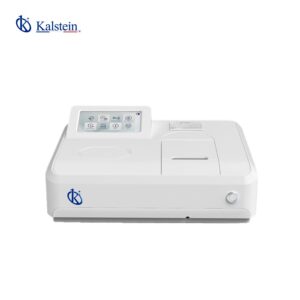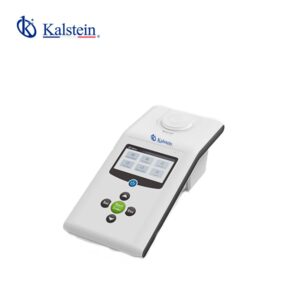Turbidity meter
This equipment works by measuring the amount of scattered light that results from a beam of high intensity light passing through a water sample. When a beam of light passes through a water sample, light is dispersed by the various components in the water, which include organic matter, suspended solids, and minerals. The higher the level of light dispersion, the less clear the water becomes. Measuring the amount of scattered light is known as turbidity, and a turbidimeter is used to detect this level of turbidity.
To accurately measure the turbidity of a water sample, a turbidimeter is usually equipped with a lens assembly or capsule. This is necessary to focus the light beam on the water sample. These lenses also help prevent this light from being diverted, as light rays would have difficulty passing through the sample if they were not properly focused.
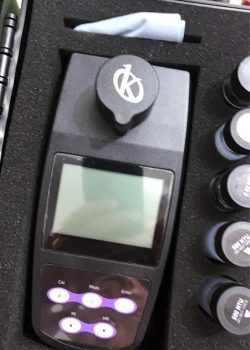
Types of Turbidity Meter a Laboratory May Need
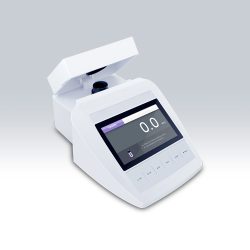
Benchtop turbidity meter YR01842
Multiparameter benchtop turbidity meter with the Total Suspended Solids measurement mode, 2 to 7 points calibration, selectable 4 turbidity units. The meter is suitable...
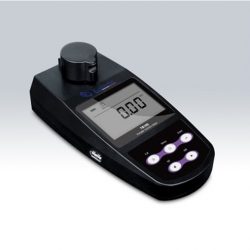
Portable turbidity meter YR01841
High-performance portable turbidity meter, 2 to 5 points calibration, selectable 4 turbidity units. The meter is suitable for process control and field use,High-performance portable...
Our Best Selling Turbidity Meter
• 2 to 5 points calibration using the Formazin Standards.
• Selectable 4 turbidity units, including the NTU, FNU, EBC and ASBC.
• Single measurement mode automatically senses and locks a stable reading.
• Continuous measurement mode can be used for indexing or matching the sample vials.• Auto-Power Off effectively conserves battery life.
• Setup menu allows setting the number of calibration points, resolution, date and time, etc.
• Reset function automatically resumes all settings back to the factory defaults.
• Expanded memory stores or recalls up to 100 data sets.
• USB communication interface for data transfer or connecting a power adapter to meter.
| Model | YR01841 |
| Range | 0 to 1100 NTU, 0 to 275 EBC, 0 to 9999 ASBC |
| Resolution | 0.01 (0 to 99 NTU), 0.1 (100 to 999 NTU), 1 (1000 to 1100 NTU) |
| Accuracy | ±2% of reading (0~500 NTU), ±3% of reading (501~1100 NTU) |
| Calibration Points | 2 to 5 points |
| Calibration Standards | 0.02, 10, 200, 500, 1000 NTU |
| Light Source | Infrared-emitting diode (850nm wavelength) |
| Detector | Silicon photodiode |
| Stray Light | <0.02 NTU |
| Sample Volume | 30ml |
| Memory | Stores up to 100 data sets |
| Output | USB communication interface |
| Display | Custom LCD (60×40 mm) |
| Power | 3×1.5V AA batteries or DC5V power adapter |
| Auto-Power Off | 15 minutes after last key pressed |
| Dimensions | 180(L)×85(W)×70(H)mm |
| Weight | 300g |
| Order Code | Accessories |
|
YR01841
|
Turbidity standards 0.02, 200, 500, 1000 NTU |
| Glass sample vials | |
| Lint-free cloth | |
| Carrying case |
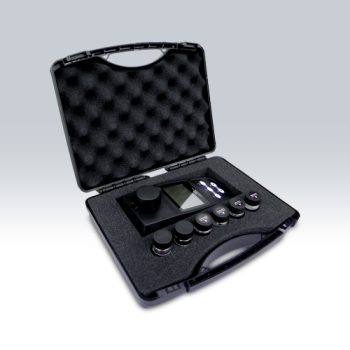
Analysis of the best Turbidity Meters for your laboratory
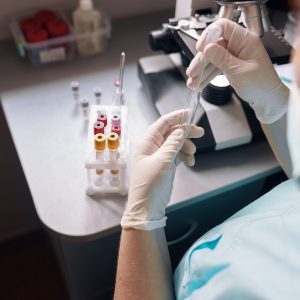
Laboratory turbidimeter: operation
A turbidimeter is a laboratory device used to measure suspended particles in a liquid, that is, to measure ...

How does a turbidimeter work?
Turbidity is one of the parameters that define the degree to which water loses its transparency quality as ...

Turbidimeter – Measuring Ranges
A turbidimeter is a piece of equipment used to measure the turbidity of a liquid. These devices can also set...
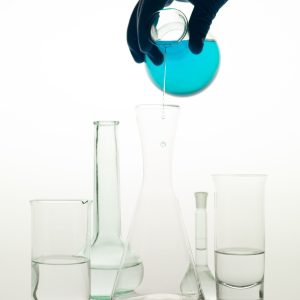
How is Turbidity Measured in Drinking Water?
Turbidity in drinking water can be measured using a measuring device known as a turbidimeter. The turbidimeter...
Turbidity Meter Model Catalog on Sale
Guides to becoming a Turbidity Meter expert
What are the advantages of using the turbidimeter in the laboratory?
A turbidimeter is a turbidity measuring instrument, which works on the basis of optical phenomena. Turbidity is...
What are the Turbidity Measurement Methods?
Turbidity is a parameter that represents the time of incapacitation of light in water and other liquids. The parameter was...
Turbidity Measurement: Why Does Precision Matter?
The development of the current industry has led to the need for ever faster, more powerful and more accurate analytical...
What are the steps to use and calibrate a turbidimeter?
A turbidimeter is an instrument used to measure suspended particles of a liquid or dissolved gas, through an optical analysis, providing reliable and accurate measurements. This equipment is used to detect particles from light sources for ultra pure water...
Turbidity Meter Video in Operation
In this section you can find, our Turbidity Meter in operation, packaged, receiving service, etc.
Turbidity Meter Operating
Turbidity is a measure of the degree to which water loses its transparency due to the presence of suspended particles, the greater the amount of suspended solids the greater the degree of turbidity. The equipment associated with this measurement is called a turbidimeter, which is the instrument commonly used to measure particles suspended in a liquid, or in a dissolved gas. Turbidity is measured by detecting and quantifying the light dispersion in a solution, and quantified in nephelometric turbidity units. The turbidimeter shows the values measured in NTU (Nephelometric Turbidity Unit). These meters direct a beam of light to the side of a test specimen, measure the amount of light that is reflected at a restricted range of angles generated by any suspended particle, and compare it to light dispersed by standard reference suspensions such as formazine.

Frequently Asked Questions about Turbidity Meters
How to know the prices of the Turbidity Meters?
To know the price of the Turbidity Meter we invite you to send us an email with your request through the contact form.
What are the turbidity meters delivery times?
- If the equipment of your interest is in stock or if it must be manufactured.
- The type of freight you have chosen, this may be; air or sea.
How to purchase Turbidity Meters?
- By email: [email protected]
- By telephone: +33 (0) 1 78 95 87 02
- E-commerce: Via Kalstein's official website in your country.
How does the warranty work?
Can I request a quote online?
Of course, you can request a quote for the Kalstein team of your interest, directly from our official website. Once you have identified your preferred model, click HERE

